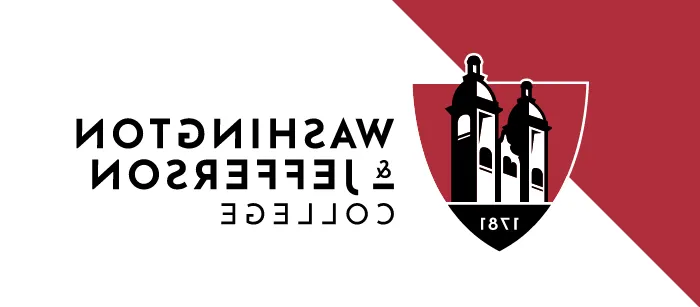WASHINGTON, PA (Jan. 22, 2015) – A new program at Washington & Jefferson College (W&J) aims to make Computing and Information Studies (CIS) courses more accessible to students with majors outside of that program.
The Computational Sciences concentration will give students the opportunity to develop technical skills required to do computational research or data-driven professional work, without taking on the full course load a CIS major or minor requires. It will be available to students at the start of the Fall 2015 semester.
“We picked a set of courses that would appeal to students in the sciences, social sciences or humanities, based on the idea that you can build a computer model of a phenomenon and use that model to learn about the phenomenon,” said Dr. Thomas Lombardi, Assistant Professor of Computing and Information Studies at W&J. “It’s certainly applicable to biological or chemical research, but it’s also applicable to studying art and most other fields.”
Courses will focus on applying computational models to problems from fields including, but not limited to, biology and bioinformatics, astronomy, economics, finance, and digital humanities. Students will be encouraged to craft their own projects that connect to problems of interest drawn from their other academic pursuits.
The concentration’s individual courses – introductory courses in programming, data mining, database structure, and networking foundations – already are being taught on campus, but Lombardi said the department sought a way to package the courses so that students in other majors had a clear path to follow as they pursued CIS knowledge.
“When you’re in a major that already requires a substantial number of courses, it can be tough to narrow down which CIS courses could be most helpful. Hopefully this takes away the guesswork,” he said.
Students in affiliated courses have completed projects where they data mined astronomical data to distinguish stars from quasars, used machine learning to predict the performance of NFL quarterbacks, and applied network models to test the gravity theory of trade. Lombardi’s own projects focus on the bioinformatic analysis of blue-green algae, and network models of the saints appearing in medieval paintings.
“Computational modeling is part of nearly everything now, whether you realize it or not,” Lombardi said. “It exists in calculating credit scores, or in any business model, or even on Facebook. You wouldn’t really be able to understand the world the way it is today without some appreciation of computational modeling.”
About Washington & Jefferson College
Washington & Jefferson College, located in Washington, Pa., is a selective liberal arts college founded in 1781. Committed to providing each of its students with the highest-quality undergraduate education available, W&J offers a traditional arts and sciences curriculum emphasizing interdisciplinary study and independent study work.
Are you ready to Be A President? Apply to W&J now.


